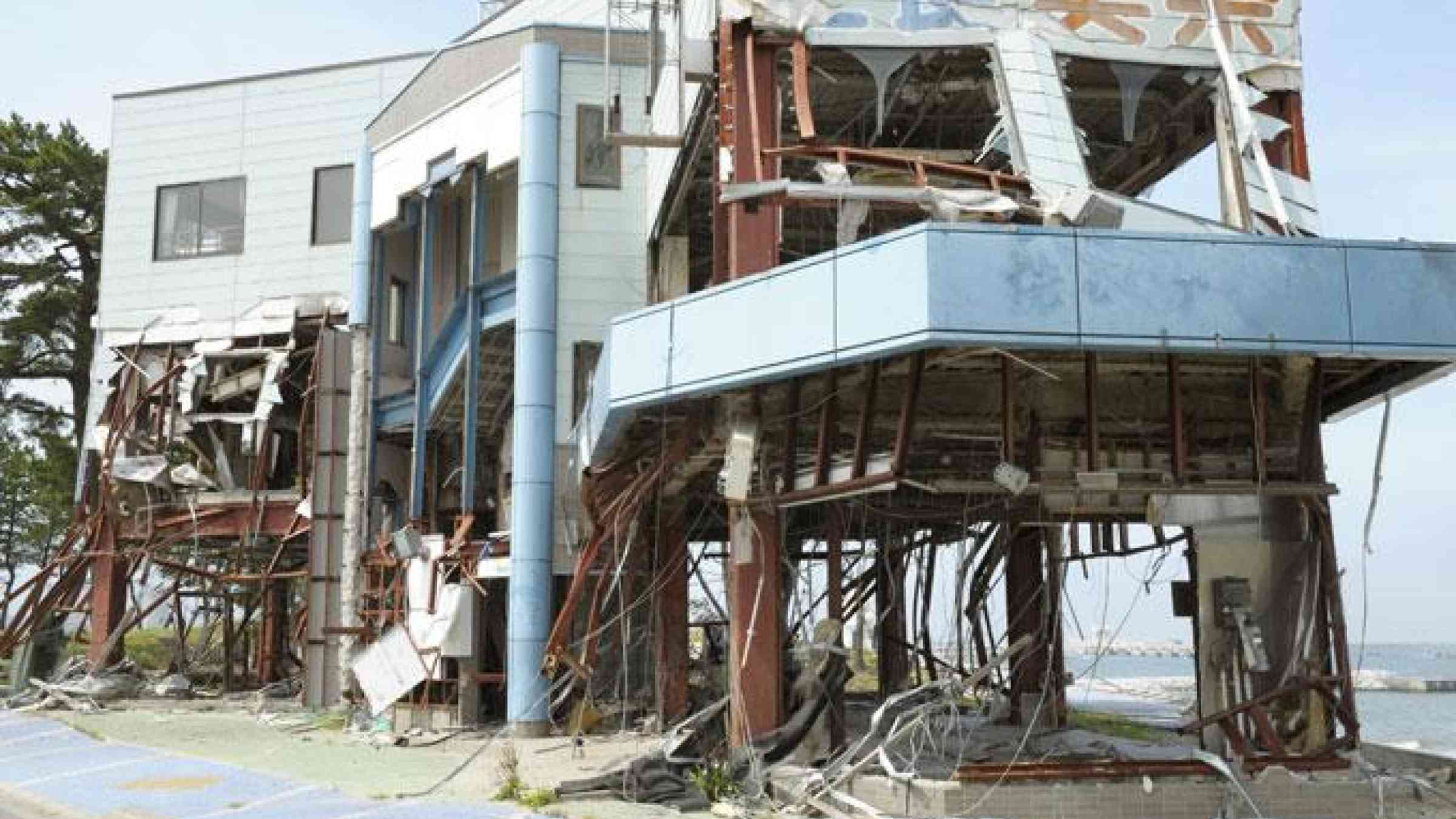Japanese Tsunami 5th anniversary underlines risk of complex disasters

Message of the UN Secretary-General, delivered by Special Representative for Disaster Risk Reduction, Robert Glasser
On this solemn day of remembrance, I would like once again to extend my condolences, and those of the whole United Nations system, to the people of Japan and especially to those who lost loved ones in the Great East Japan Earthquake and Tsunami on 11 March, 2011.
This was an unprecedented disaster which taught us all a great deal about the changing nature of exposure to risk and disaster. After Fukushima, it became clear that we are in a new era in which technology and natural disasters can combine to create danger on a previously unimaginable scale. Our dependence on technology is a double-edged sword, if we do not reduce our exposure to natural hazards.
The Great East Japan Earthquake and Tsunami helped shape the Sendai Framework for Disaster Risk Reduction which was adopted at the Third UN World Conference on Disaster Risk Reduction a year ago. The Framework extends the remit of disaster risk management to include both man-made and natural hazards, as well as related environmental, technological and biological hazards and risks.
Japan has shown the world how important it is to pause for reflection, to examine the lessons learned from past calamities and to raise public awareness of the importance of prevention and mitigation.
This year we have an important new addition to the international calendar. World Tsunami Awareness Day will be commemorated every year on 5 November. This marks the day in 1854 when a tsunami struck the Japanese village of Hiromura, and a farmer who recognized the warning signs set fire to his rice sheaves to warn his friends and neighbours.
Acting for the common good is a frequent theme in Japanese culture and it infuses the country’s approach to disaster preparedness and risk reduction. The rest of the world has much to learn from Japan, if we are to make progress on saving lives and livelihoods, and reducing disaster losses.